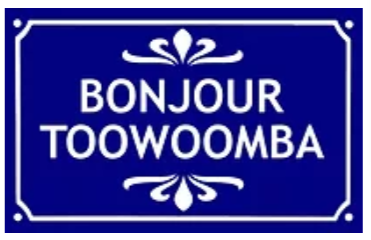Nepali is also the official language of Sikkim, an Indian state in the Himalayas, and in the Darjeeling district of West Bengal. The sound system and grammar of Nepali share many features with other Indo-Aryan languages.

Nepali is a member of the Indo-Aryan language family, spoken by 11,826,953 in Nepal (2011 Nepal Census), 2,926,168 in India (2011 Census of India), and 265,000 in Bhutan (minorityrights. org). Worldwide there are over 17 million Nepali speakers
Nepali (also called Nepalese) is the national language of Nepal. Most of the country’s population speaks Nepali as a 1st language, and many speakers of Nepal’s 122 other languages speak it as a 2nd language.
Nepali is also the official language of Sikkim, an Indian state in the Himalayas, and in the Darjeeling district of West Bengal. The sound system and grammar of Nepali share many features with other Indo-Aryan languages.
The basic vocabulary of Nepali is Sanskrit in origin, but over the years the language has also borrowed words from other languages. While written Nepali is mostly influenced by Sanskrit, spoken Nepali has many loan words from neighbouring TibetoBurmese languages. Nepali was first used in writing during the 12th century AD. It is one of the Languages written in Deranagari script.
Who We Are
The School of Languages is a government school which specialises in languages education. Since its establishment in 1986, this unique South Australian school has supported thousands of students to pursue their interest in languages learning and to experience the joy of embracing another culture.
The school was initially founded as a secondary school for students from all three sectors. In 2000 the school introduced its first classes for students from Reception to Year 7. Since then our primary classes have continued to grow in popularity and demand.
Our Mission
The School of Languages aims to enhance access, choice and continuity in language learning for South Australian learners, through the provision of quality programs in a broad range of languages R-12, that complement and supplement languages programs offered in mainstream schools and ethnic schools.
Our Values
Our Unique Context
Students from Government, Catholic and Independent schools come together after school hours to learn the language of their choice, which is not available in their home school. Lessons are held once a week in a friendly environment of committed professionals and motivated students. This provides for a sustained focus and time for extending students’ learning through a wide range of activities.
Teaching Centres
Our classes are held in schools across Adelaide, with Adelaide High School being the largest centre. Approximately 25 other teaching centres offer a variety of languages at various year levels, in response to local demand.
We give special acknowledgement and appreciation to the many schools across Adelaide that host our programs, thus enabling students and their families to benefit from learning a language.
Choosing To Learn A Language
Studying another language offers many rewards, including:
being able to communicate, interact and negotiate within and across languages and cultures
understanding one’s own and others’ languages, thus improving literacy skills, including in English
understanding selves and others, and the diverse ways of knowing, being and doing
further developing cognitive skills through thinking critically and analytically, solving problems, and making connections in learning
becoming more competitive in the global market.
Languages Taught
A wide range of languages is available through the school, both at primary and secondary levels.

Nepalese language course is offered by Bonjour Toowoomba. All our tutors are native speakers who are passionate about sharing their country and culture. They focus on real-life conversation, cultural nuances, and making the learning experience enjoyable.
© 2025 coursetakers.com All Rights Reserved. Terms and Conditions of use | Privacy Policy